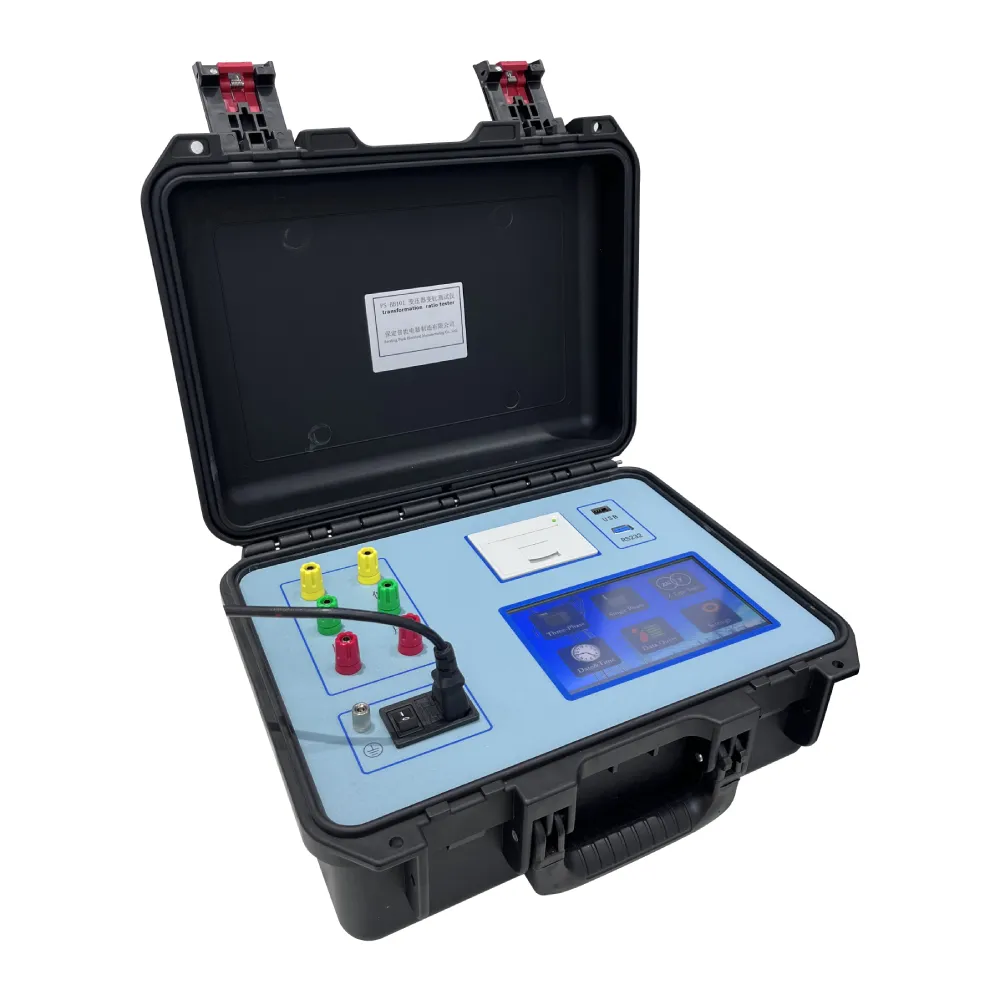 English
English


Evaluating Magnetic Balance in Dyn11 Transformers for Enhanced Performance and Reliability Analysis
Magnetic Balance Test of Dyn11 Transformer
Transformers play a critical role in the electrical distribution system, serving to step up or step down voltages as necessary to facilitate efficient power transfer across long distances. Among various transformer connections, the Dyn11 connection, which features a delta-connected primary winding and a star-connected secondary winding with a phase displacement of 30 degrees, is quite prevalent in many applications. One crucial test employed to assess the functionality and integrity of Dyn11 transformers is the magnetic balance test.
The magnetic balance test evaluates the symmetry of the transformer’s windings in relation to the magnetic field they produce. It is primarily conducted to ensure that all three phases of the transformer are balanced and functioning correctly. An imbalance can result in inefficient operation, overheating, and can even lead to transformer failure. This test helps identify issues related to shorted turns, differences in winding resistance, or core flaws that could manifest as significant operational issues.
Purpose of the Magnetic Balance Test
The primary objective of the magnetic balance test is to analyze the magnetic circuit of the transformer. In a perfectly balanced transformer, each phase should contribute equally to the overall magnetic field. Any deviation indicates a potential problem. By verifying the magnetic balance, operators can ensure that the transformer can handle load conditions without undesirable harmonics or overheating, thereby enhancing operational reliability and longevity.
Test Procedure
magnetic balance test of dyn11 transformer

The magnetic balance test involves several key steps. First, the transformer is disconnected from the power system and grounded to ensure safety while testing. After that, a single-phase voltage is applied to one winding. This voltage will create a magnetic field in the core and induce voltages in the other phases due to mutual induction.
The next step is to measure the voltages across the secondary side for each phase. Standard measuring equipment, such as a multimeter or a voltmeter, is used for this purpose. Typically, the induced voltages in a balanced system should be equal. If discrepancies are noted, they can indicate issues such as an imbalance in winding turns, improperly connected or faulted windings, or problems with the transformer core.
Interpreting Test Results
Once the measurements are obtained, they are analyzed to determine the magnetic balance of the transformer. A perfectly balanced transformer will show equal induced voltages across all phases; however, if one phase exhibits a significantly different voltage, it signals that further investigation is necessary. One must assess whether the issue arises from a winding fault, a transformer core anomaly, or potential external factors affecting performance.
Conclusion
The magnetic balance test is an essential evaluation for Dyn11 transformers, ensuring that they operate smoothly and efficiently. Regular testing can prevent catastrophic failures and extend the lifespan of transformers in the electrical distribution network. As the demand for reliable power supply continues to grow, integrating systematic testing protocols like the magnetic balance test becomes crucial in maintaining the integrity of power systems. By identifying potential problems early, utilities can ensure the reliable delivery of electricity to consumers while reducing maintenance costs and improving overall system performance.
-
Differences between open cup flash point tester and closed cup flash point testerNewsOct.31,2024
-
The Reliable Load Tap ChangerNewsOct.23,2024
-
The Essential Guide to Hipot TestersNewsOct.23,2024
-
The Digital Insulation TesterNewsOct.23,2024
-
The Best Earth Loop Impedance Tester for SaleNewsOct.23,2024
-
Tan Delta Tester--The Essential Tool for Electrical Insulation TestingNewsOct.23,2024





